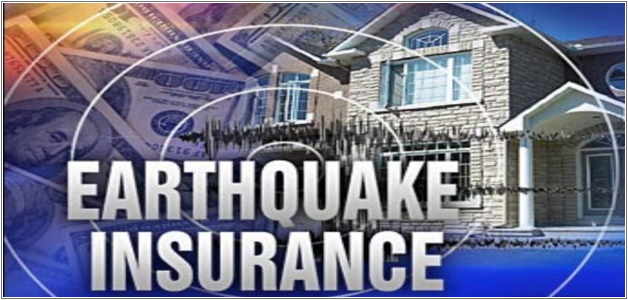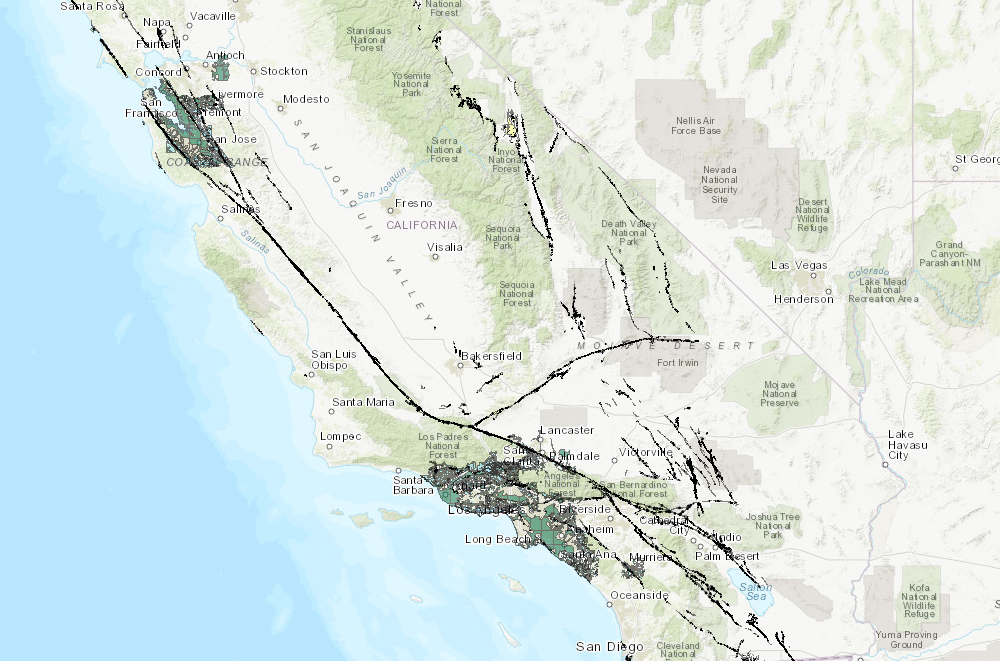

To accurately represent the woodframed housing stock based on the PEER variations, they created exposure weighted composite functions unique to the four test cities, which could be used to evaluate the impact of bracing and bolting on AAL and ground-up 250-year return period losses. The Moody’s RMS team imported the suite of PEER vulnerability functions into RiskLink to assess average annual loss (AAL), occurrence exceedance probability (OEP) and historical footprint analysis via Moody's RMS NAEQ17. These characteristics were common to the four test locations for the project – San Francisco, Northridge, San Bernardino, and Bakersfield. These building variants represented eight combinations of superstructure characteristics – including age, number of stories and exterior finish – and six foundation characteristics including retrofitted and non-retrofitted cripple and stem walls. The Processĭata Import, Recalibration and Analysis - The analysis was performed by our Earthquake Model Development team based on a set of 48 different building variants developed by PEER as part of a previous CEA-funded project to understand the seismic performance of wood-framed houses in California. The analysis examined the impact of foundation retrofit on losses. As part of our study to understand the impact of retrofit on losses, Moody’s RMS incorporated the latest PEER vulnerability functions representing a range of building variants, each of which are on foundations that are either retrofitted or unretrofitted. The model delivers improved vulnerability modeling capabilities such as modeling for very tall buildings and complex specialty lines, and enhanced capability to model higher and lower representations of vulnerability and of ground motions. This version includes high resolution geotechnical data, detailed basin modeling, and Next Generation Attenuation West Version 2 (NGA-W2) ground motion modeling. Our NAEQv17 provides the most comprehensive event set available delivering a high-fidelity representation of the USGS seismic hazard data. Version 17 of the Moody’s RMS North America Earthquake (NAEQv17) model was used for the study. The team was tasked with quantifying the extent to which retrofitting measures can help reduce losses for vulnerable properties in California. Its models reflected the latest view of national seismic hazard based on the USGS (2014). Moody’s RMS™ has been recognized as a market leader in the field of earthquake risk, and has previously partnered with CEA on numerous initiatives.

It commissioned a multi-year, multidisciplinary project, coordinated by the Pacific Earthquake Engineering Research (PEER) Center, to generate the latest scientific data on the impact of bracing and bolting on properties built pre-1970 and to assess the corresponding potential insurance-related credits and penalties based on different property characteristics and foundations.Ī select number of catastrophe risk modelers were invited to participate in the study to evaluate the impact of brace and bolt using PEER’s latest scientific developments. The Objectiveĭemonstrating the Efficacy of Brace and Bolt RetrofitsĬEA is at the forefront of scientific research into the seismic performance of buildings. For the reinsurance marketplace, the Brace and Bolt program helps reduce the aggregate risk of their portfolio, enabling better pricing for ceding risk. The program incentivizes homeowners to mitigate their earthquake risk and creates a more resilient marketplace for the management of earthquake risk. The Earthquake Brace and Bolt Program is an initiative which helps CEA policyholders reduce the potential for earthquake damage, offering a grant of up to $3,000 toward a seismic retrofit for qualifying houses. The organization is committed to mitigating earthquake risk and reducing the protection gap which exists in California, where take-up of residential properties is approximately 10%. The California Earthquake Authority (CEA) is one of the world’s largest providers of residential earthquake insurance representing over one million policyholders and with a claims-paying ability of about $19 billion.


 0 kommentar(er)
0 kommentar(er)
